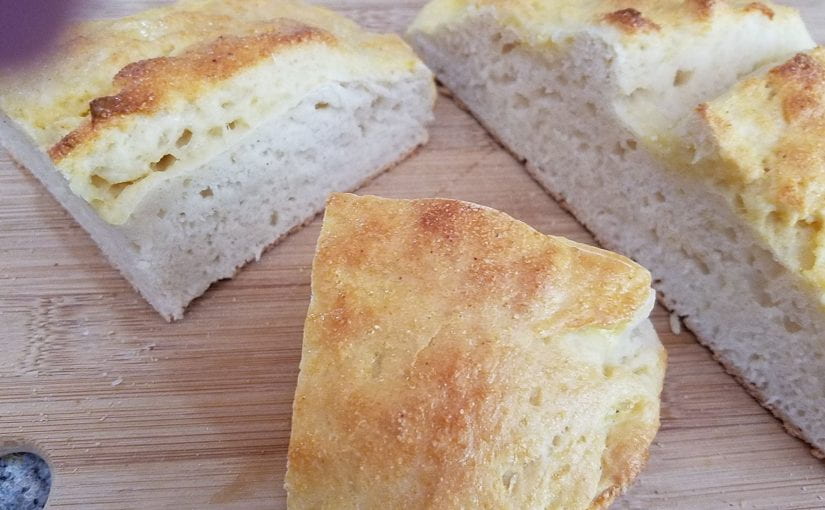When you’re shopping and the market sign over the poultry counter limits your purchase to one package of chicken, you begin to feel the fears you’ve heard others voice: Is there a meat shortage? Your menu plans just went out the window. Now is the time for you to become creative.
Eggs can help fill the gap. They provide that needed protein punch along with the versatility to serve them for breakfast, lunch, dinner, or snacks. Then you remember eggs have also been limited or in short supply, and don’t nutrition experts tell us to limit eggs because of cholesterol?
Your plan can still work as Americas’ egg producers are helping grocers replenish stock quickly, and area producers may sell them directly from farms. Your concerns about cholesterol were addressed in the 2015-2020 Dietary Guidelines for Americans. The guidelines no longer provide a quantitative limit on cholesterol because the kind of cholesterol in the foods we eat isn’t the driving factor in blood (serum) cholesterol. Further, a recent Harvard study, which updated findings published over twenty years ago, reinforces that eating eggs is not associated with cardiovascular disease.
In fact, eggs are more than just a source of dietary cholesterol. They provide a good or excellent source of eight essential nutrients including choline, six grams of high-quality protein, 252 mcg of the carotenoids, lutein, and zeaxanthin, making them the perfect complement to heart-healthy diets.
Now that you have some answers, it’s time to put your plan into action by adding some egg dishes to your menu plan. When it comes to cooking eggs, they can be fried, scrambled, poached, or hardboiled, or for the more adventurous, they can be made into frittatas. Frittatas are perfect for a brunch or a quick weeknight dinner with the family
When making frittatas the filling ingredients should be cooked and cut into small pieces. The filling is an ideal use of leftovers when there is not quite enough for a meal on their own. Using your favorite combination of vegetables, cheese, and or cooked meats and grains you can create the perfect frittata, limited only by your culinary imagination. When seasoning your frittata, pick fresh or dried herbs that complement your filling. Frittatas are also tasty cold and travel well – perfect for picnic fare or a take-along lunch. Follow this basic recipe to make the perfect frittata you and your family can enjoy anytime!
Basic Egg Frittata
Serves 4
Ingredients
8 eggs
1/2 cup liquid- milk, tomato juice, or broth
1/2 teaspoon dried thyme or herb of your choice-dill, cilantro, basil, parsley, etc.
2 cup of fillings of your choice (described in paragraph above)
4 teaspoons of butter or vegetable oil
salt and pepper to taste
Directions
1. Beat eggs, liquid, herbs, salt and pepper in a medium bowl until blended.
2. Add 2 cup of fillings of your choice to eggs, mixing well.
3. Over medium heat using an eight to ten-inch nonstick skillet melt butter or heat oil until hot.
Pour in egg mixture; cook over low to medium heat until eggs are almost set, 8 to 12 minutes.
4. Remove from heat. Cover and let stand until eggs are completely set and no visible liquid egg remains,
5 to 12 minutes. To serve cut into wedges and serve from the pan or slide uncut frittata topside-up onto platter or invert frittata onto platter to show its nicely-browned bottom
When meat is in short supply at the store or at home, eggs can come to the rescue. For more egg-citing recipes and information about eggs, explore The American Egg Board’s website at https://www.incredibleegg.org .
If you are interested in more recipes, nutritional information, or classes, visit our website at
www.cceschoharie-otsego.org or contact Michelle Leveski, Nutrition Program Educator by calling 518-234-4303 ext. 115 (please leave a message), or emailing her at mml39@cornell.edu.
Nutrition Information
Per Serving (without fillings) Calories: 193, Total Fat: 14 g, Saturated fat: 6 g,
Polyunsaturated fat: 2 g, Monounsaturated fat: 5 g, Cholesterol: 385 mg, Sodium: 157 mg,
Carbohydrates: 2 g, Dietary Fiber: 0 g, Protein: 14 g, Vitamin A: 721 IU, Vitamin D: 99.8 IU,
Folate: 49 mcg, Calcium: 96.1 mg, Iron: 1.9 mg, Choline: 257.1 mg




